Leica: the crazy diamond of the photography world. In an industry increasingly dominated by dull moments, it’s always nice to see a company consistently doing something brightly, colorfully different. Even when – or maybe especially when – that company appears so gleefully unconcerned with what their peers (it doesn’t quite make sense to say competitors) are up to in the meantime.
Noctilux-M F1.25 75mm ASPH key specifications
- Leica M mount
- Manual focus
- Maximum magnification ratio: 1:8.8
- Minimum focus: 0.85m
- Optical construction: nine elements in six groups (two aspherical)
- 67mm filter thread
- Built-in extending hood
- Length / Diameter: 91mm x 74mm (3.6 x 2.9in)
- Weight: 1.05 kg (2.33 lb)
Only Leica could have made the Noctilux-M F1.25 75mm ASPH – a manual focus prime lens that weighs more than a kilo and costs as much as a new car (no, really). Inevitably, a lot of the responses to our coverage of this lens so far (and indeed of pretty much all Leica hardware) focus on the price, but at this point, this mode of criticism misses the point. Yes, Leica stuff is expensive. It always has been. Sure, there are cheaper alternatives, and there always have been – see also: organic avocados, brand-name printer ink, fancy chocolate (you know the stuff by the self checkouts, in the fancy gold paper that mum likes, with the sea salt) and cars that aren’t the Nissan Versa.
Using the 75mm F1.25 on the Leica M10
The 75mm Noctilux is not an everyday kind of a lens. Designed for use with the company’s digital rangefinder cameras, for starters there’s the small matter of its focal length. 75mm has always been a bit of a weird fit for Leica’s rangefinders, occupying an awkward position between the long-established standard 50mm and 90mm focal lengths. Mounting a 75mm lens on a Leica rangefinder brings up the 50mm framelines, with 75mm indicated roughly by a dotted rectangle just inside them.
Personally, I’m so used to ignoring the inner dotted lines when shooting with a 50mm that un-ignoring them when I actually want to shoot at 75mm is surprisingly difficult. Then again, I try to get into my apartment using my car keys at least once a week, so maybe you shouldn’t take anything I say too seriously.
 |
| All of Leica’s rangefinder cameras since the M4-P of 1980 have included 75mm framelines, indicated by broken lines inside the main (outer) 50mm framelines. As you can see, the massive 75mm F1.25 blocks a large portion of the frame. This view shows the maximum occlusion, which occurs at the minimum focus distance of 0.85m, with the built-in hood extended. |
And then there’s the issue of viewfinder blockage. Regardless of the focus or hood position, as you can see from the picture above (taken through the viewfinder of an M10) the 75mm F1.25 obscures a very large portion of the frame, almost as far as the focusing patch. This is one of the reasons why Leica recommends the 75mm F1.25 should be used in live view mode, and preferably with the aid of the optional electronic viewfinders available for recent M-series digital cameras.
$ (document).ready(function() { SampleGalleryV2({“containerId”:”embeddedSampleGallery_9665775212″,”galleryId”:”9665775212″,”isEmbeddedWidget”:true,”selectedImageIndex”:0,”isMobile”:false}) });
The other reason for using live view is focus accuracy. You can have the best technique in the world, but nailing focus on a short telephoto prime wide open at F1.25, with a rangefinder, isn’t easy. I did try Leica’s 2X screw-in magnifier, but it didn’t help my hit-rate much (and obviously it had no effect on the substantial viewfinder blockage).
 |
|
Shot in relatively dim conditions, I selected F2 for this portrait because I was having so much difficulty getting accurate focus at F1.25 using live view on a Leica M10. Critical focus is acceptable here, but it’s still a hair away from where I was aiming.
Leica M10 | ISO 800 | 1/250 sec | F2
|
Focus peaking and magnified live view don’t guarantee accurate focus, but they certainly make it easier. Even with these aids, however, the razor-thin depth of field and the sheer bulk of the lens both work against the rangefinder shooter. When taking photographs hand-held, it’s difficult to support the weight of the lens without shifting the focus ring. I’ve found that this often forces me into a loop of focus checking, recomposing, focus checking again, recomposing again (etc.). Especially when shooting portraits, the potential for slight subject movement adds yet another variable, and leads to yet more focus checking, recomposing, and checking again…
 |
The Leica 75mm F1.25 weighs more than a kilo and its wide diameter mean that the M10 can’t lie flat on its base with the lens attached. For these reasons the lens has its own tripod mount. |
Disabling automatic live view magnification helps avoid the need for constant recomposing, but the secret to accurate focus on an M10 with the 75mm F1.25 is bracketing: shoot a lot of photos, and bracket focus as you go. When you get a sharp result, trust me – the extra effort will have been worth it. Things are easier if you set up on a tripod, and the heavyweight 75mm Noctilux actually has its own tripod screw in the base, to avoid putting too much strain on the camera’s lens mount.
Using the 75mm F1.25 on the Leica SL
Despite being a native M-mount lens, the 75mm F1.25 handles very nicely on the SL. Arguably, in fact, it’s more pleasant to use on the larger, chunkier camera. Obviously the combination is heavier but the weight is better distributed, making the whole package feel balanced and notably less front-heavy than it does on the lighter (and grip-less) M10. Crucially, the SL’s large handgrip means that you don’t need to support the Noctilux’s weight entirely from the lens itself, which makes it less likely that you’ll accidentally nudge the focus or aperture rings when composing a shot.
 |
|
On the Leica SL, things get a bit easier, partly thanks to the substantial grip and DSLR-style handing of the larger camera. This portrait was shot hand-held at F1.25.
Leica SL | ISO 100 | 1/4000 sec | F1.25
|
The SL’s viewfinder makes for a better framing and focusing experience too, by virtue of the SL’s full-time live view and more DSLR-styled ergonomics. Leica’s M to L adapter is relatively slim, doesn’t add much extra weight and communicates the 6-bit code from the lens to the camera body just as it would on a digital M-mount camera.
Image quality
As far as the results are concerned, hopefully our gallery of sample images speak for themselves. Contrast across the frame is high and sharpness at F1.25 is pretty stunning. Longitudinal chromatic aberration is present if you go looking for it in areas where focus is just falling-off, (around the edges of my subject’s sunglasses in this shot is about as bad as it gets) but it’s generally inoffensive, and the bokeh at wide apertures is (I happen to think) delightful.
 |
|
Shot wide open on a Leica M10, this portrait demonstrates the 75mm Noctilux’s key selling-points: creamy smooth bokeh, great sharpness and razor-thin depth of field. There’s a hint of longitudinal chromatic aberration in our subject’s hair as it goes out of focus, but it’s far from objectionable.
Photo by Wenmei Hill.
Leica M10 | ISO 100 | 1/350 sec | F1.25
|
While accurate focus at F1.25 is a challenge, the incredibly thin depth of field opens up creative possibilities foreclosed by the older, slower, but generally more practical 75mm F2 Summicron. You could shoot the Noctilux at F8 but what would be the point? If you’re prepared to pay this much for a lens you’ll probably want to shoot it wide open.
Leica Noctilux-M 75mm F1.25 ASPH real-world samples
$ (document).ready(function() { SampleGalleryV2({“containerId”:”embeddedSampleGallery_5242743195″,”galleryId”:”5242743195″,”isEmbeddedWidget”:true,”selectedImageIndex”:0,”isMobile”:false}) });
Personally, I don’t gravitate to medium telephoto lenses. I tend to shoot mostly at 35mm, often at 28mm, and sometimes at 50mm. I have a 90mm, which mostly (weirdly) gets used for landscapes and urban details. Using the 75mm F1.25 hasn’t converted me to that focal length by any means, but its rendition is so unique that while I might not have enjoyed some of the experience of shooting with it, I do feel that the results go some way to justifying the awkward handling.
Ultimately, the 75mm Noctilux won’t be made in large numbers and it won’t be owned by many people. It isn’t a magic lens – there are plenty of excellent alternatives available for much less money, albeit of course for other systems. Leicaland is a different country, and one that will remain foreign for most photographers. But hey – it’s a fun place to visit, from time to time. Plus ça change, as the Germans don’t say.
Regardless, it would be unfair to dismiss the Noctilux as a ‘stunt’ lens that exists only to show off the expertise of Leica’s optical and mechanical engineering. It’s more than that – and it’s priced accordingly.
Articles: Digital Photography Review (dpreview.com)






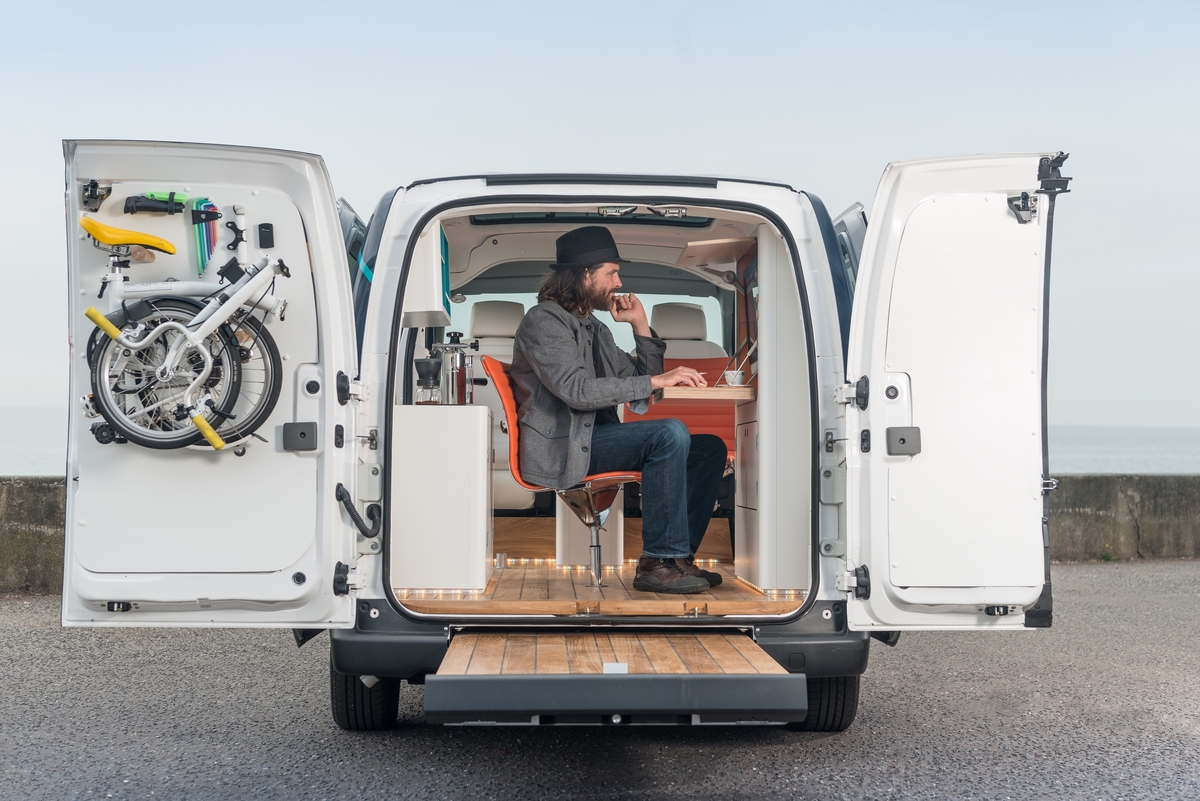
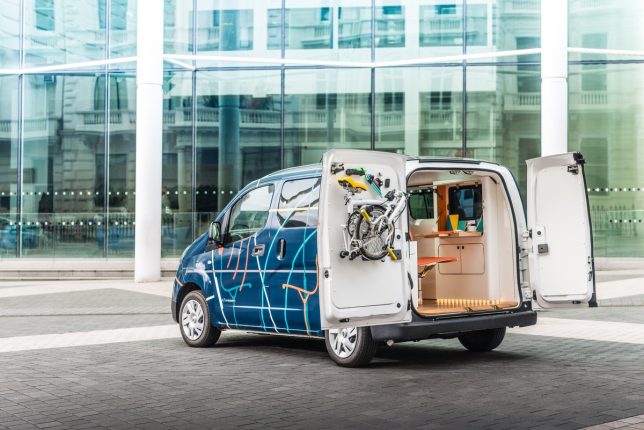
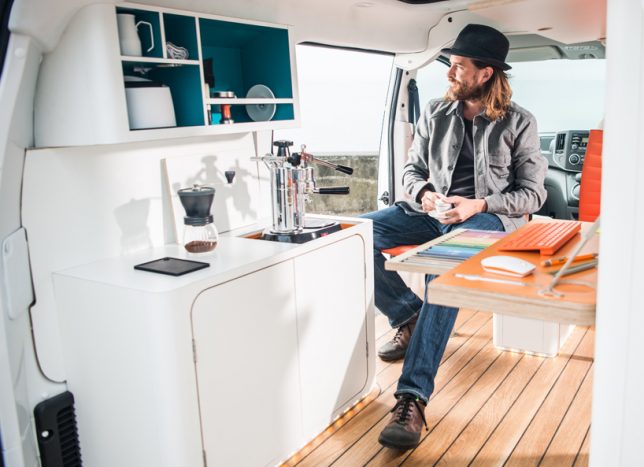
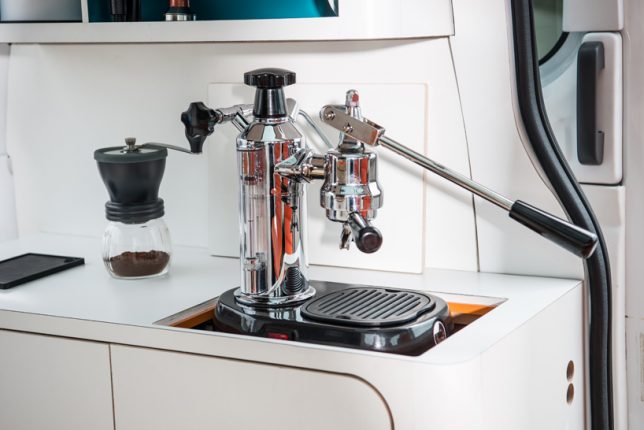
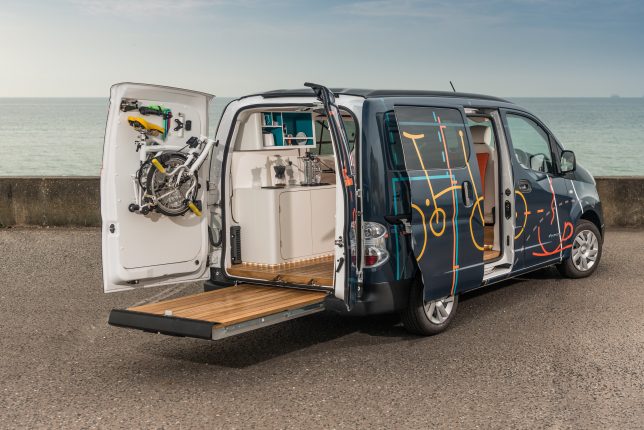
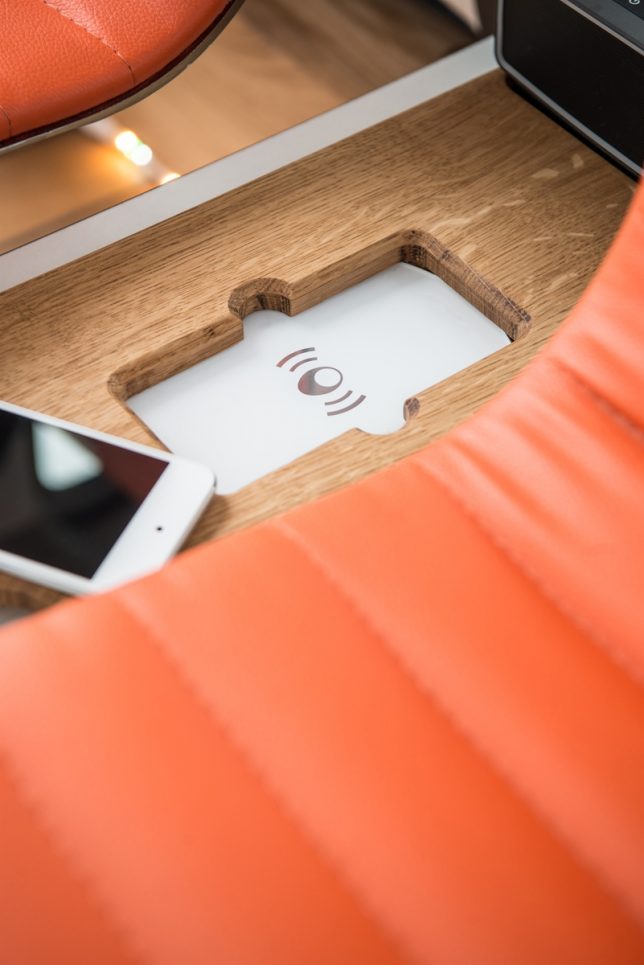
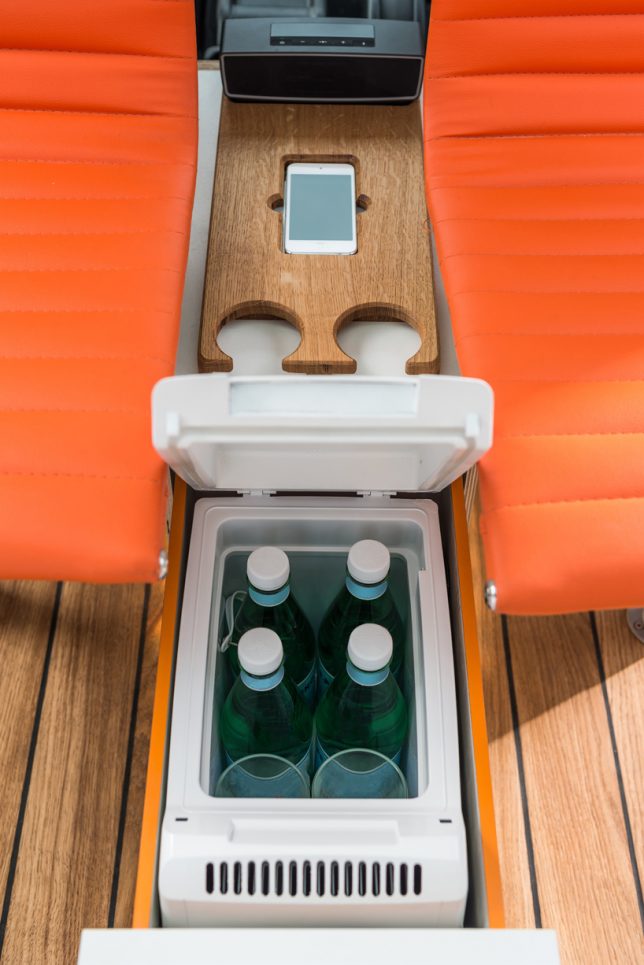




You must be logged in to post a comment.